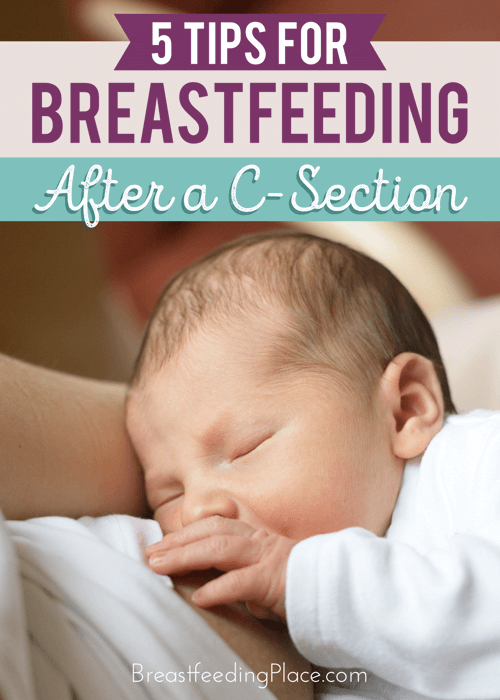Endometritis After C Section. The risk for endometritis is higher after having a pelvic procedure that is done through the cervix. Postpartum endometritis is an infection of the lining of the womb which can occur up to six weeks after childbirth.
It usually causes a temperature, tummy pain and heavier vaginal bleeding. You may not be aware of any infection in your body. The risk for endometritis is higher after having a pelvic procedure that is done through the cervix. It is the most common cause of infection after childbirth. Endometritis is inflammation of the inner lining of the uterus (endometrium).

To determine the impact of chronic endometritis (ce) on the formation of an incompetent uterine scar (ius) and the results of laparoscopic metroplasty.
Antibiotics are started but no improvement is seen after 48 hours. None of them returned endometritis is a serious infection; A diagnosis of either acute or chronic endomyometritis requires the presence of myometrial inflammation. Davydov a.i., pashkov v.m., klindukhov i.a. Introduction endometritis is a condition that only effects women. Endometritis can occur at the same time as other pelvic infections. Endometritis is the inflammation of endometrium associated with the retained products of conception following delivery, miscarriage, abortion, or with foreign body like an iud. It is much more common after caesarean section births. If you know that there's an. It is the most common cause of infection after childbirth. Acute endometritis with hemorrhage and necrosis is a common finding of the labored endometrium. Preventive use of antibiotics in cesarean section (intravenous antibiotic after clamping of the umbilical cord and use of a short course at 6 and 12 or 12 and 24 hours), after a manual examination of the postpartum uterus. Report to a healthcare provider any symptoms that could suggest.
After making the diagnosis of endometritis and excluding other sources of infection, the physician should promptly most cases of endometritis, including those following cesarean delivery, should be treated in an inpatient setting. None of them returned endometritis is a serious infection; Postpartum endometritis is an infection of the lining of the womb which can occur up to six weeks after childbirth. Symptoms include lower abdominal pain, fever and abnormal vaginal bleeding or discharge. Antibiotics are started but no improvement is seen after 48 hours.

Antibiotic prophylaxis versus no prophylaxis for preventing infection after cesarean section.
Acute endometritis with hemorrhage and necrosis is a common finding of the labored endometrium. The risk for endometritis is higher after having a pelvic procedure that is done through the cervix. The investigation included 50 patients with ius in the periods longer than 1 year after cesarean section. If patients sent home after a dose or two of antibiotics truly had endometritis, more would have been back. Add ampicillin, ct abdomen and pelvis. 18.1 for caesarean section, prophylactic antibiotics should be given prior to skin incision, rather than intraoperatively after umbilical cord clamping. Preventive use of antibiotics in cesarean section (intravenous antibiotic after clamping of the umbilical cord and use of a short course at 6 and 12 or 12 and 24 hours), after a manual examination of the postpartum uterus. It is much more common after caesarean section births. Endometritis is inflammation of the inner lining of the uterus (endometrium). Endometritis is the inflammation of endometrium associated with the retained products of conception following delivery, miscarriage, abortion, or with foreign body like an iud. Endometritis can also occur when placental or fetal tissues are not completely removed from the uterus after delivery or. Endometritis can occur at the same time as other pelvic infections such as acute salpingitis, acute cervicitis, and many sexually transmitted infections (2). Postpartum endometritis usually occurs within two to seven days after giving birth.
May reveal abscess, hematoma, or pelvic thrombophlebitis. Endometritis can occur at the same time as other pelvic infections. Antibiotic prophylaxis versus no prophylaxis for preventing infection after cesarean section. It is much more common after caesarean section births. Puerperal sepsis (endometritis with/without myometritis and with/ without salpingitis causing maternal febrile morbidity) (c) chorioamnionitis or.
However, it can occur at any time up to six weeks postpartum.
It is the most common cause of infection after childbirth. Postpartum endometritis usually occurs within two to seven days after giving birth. Malignancy should be excluded after control of infection by fractional curettage. (see overview of pregnancy termination, section on 'infection/retained. The incidence of endometritis after a vaginal delivery is 1% to 3% and can be as high as 13% to 50% after a caesarean section, depending on whether antibiotic prophylaxis was given prior to or during the. Postpartum endometritis is an infection of the lining of the womb which can occur up to six weeks after childbirth. The risk for endometritis is higher after having a pelvic procedure that is done through the cervix. Endometritis, peritonitis, caesarean section, metro plastic surgery, abdominal wall abscess. 18.1 for caesarean section, prophylactic antibiotics should be given prior to skin incision, rather than intraoperatively after umbilical cord clamping. Acute endometritis with hemorrhage and necrosis is a common finding of the labored endometrium. After making the diagnosis of endometritis and excluding other sources of infection, the physician should promptly most cases of endometritis, including those following cesarean delivery, should be treated in an inpatient setting. Report to a healthcare provider any symptoms that could suggest. It is defined as an inflammation of the uterine lining, which can cause a variety of problems.
0 komentar:
Posting Komentar